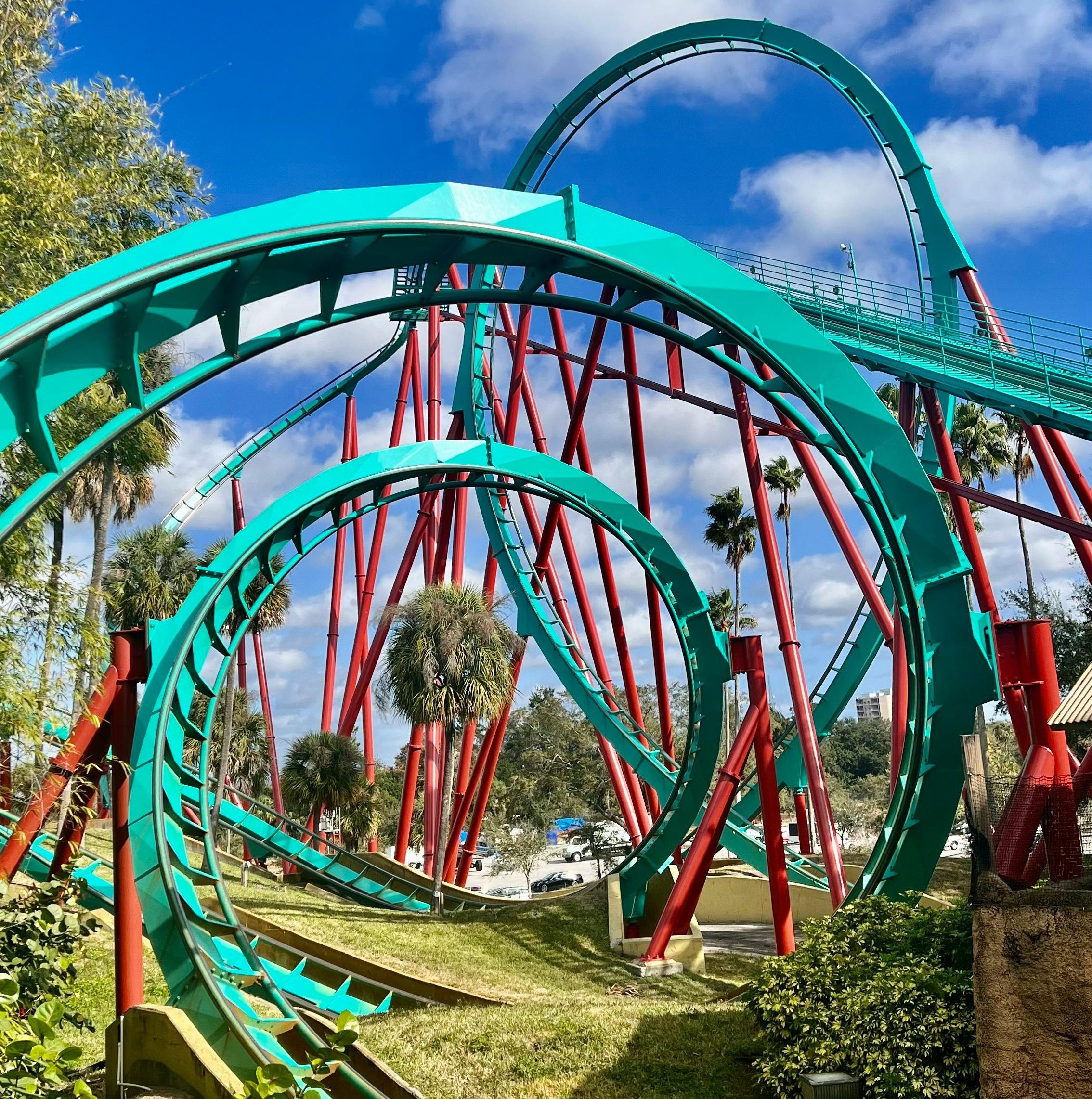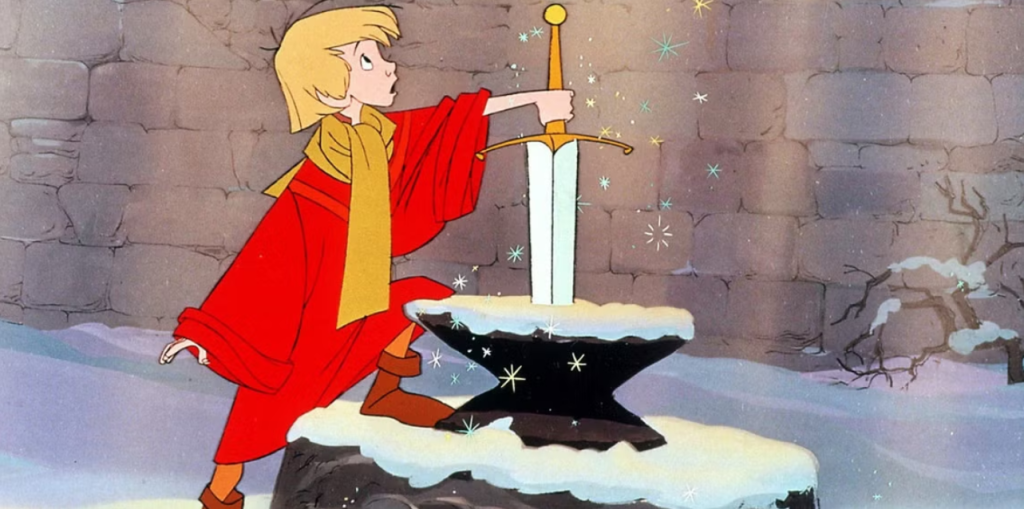Retro recipe
Riding the Teamwork Rollercoaster

Imagine yourself strapped into a thrilling roller coaster ride. There are exhilarating highs where everything feels seamless, followed by sudden dips that challenge your resolve. Working as a team is no different.
In this retrospective, we'll reflect on the moments where our team soared—those smooth, successful parts that made everything feel effortless. And we'll explore the twists, turns, and drops—those obstacles that slowed us down and taught us how to climb back up.
We use this template to identify what fuelled our momentum, what held us back, and what we can do to build a smoother, more exciting ride ahead. Let's buckle up and dive in! 🎠
Ingredients
- Your awesome team
- Previous action points (if any)
- Mural template
- A free Mural account for all participants
Retrospective
Invite everyone to join the Mural. This tool will help us make this an interactive workshop for the whole team. You will recognize the steps below on the Mural. Follow them from left to right.
Icebreaker (10 minutes)
Ask everyone, one by one, to share their best memory of a theme park experience. This can be a ride or a non-ride experience. It can be something that made you feel immersed in the magic of the park.
Some useful follow-up questions:
- What made this experience so unforgettable?
- Did anything surprising or unexpected happen?

Step 1: Get your tickets! (10 minutes)
Inspect the status of the action points from the previous retrospective (if any). The purpose of a retrospective is for your team to find ways to continuously improve.
So, before the team can enter the ride, we need to get our tickets. Were the previous action points completed? Yes? Great—here are your tickets, enjoy the ride!
No? Consider stopping the retrospective here and instead use the available time to complete the actions from last time. After all, there’s not much value in having another retrospective if the action points that come out of it don’t get done, right?
Step 2: Going up! (10 minutes)
Invite the team to add as many sticky notes as they can think of in the designated area for everything that helped us achieve greater heights.
- What helped us get closer to our team goal?
- Which actions helped us?
- Which processes helped us?
- Which tools helped us?
- Which people helped us?
Discuss the sticky notes together and ask: How can we keep doing these things, or even do more of them? Write down any resulting action points.
Step 3: The peak (10 minutes)
Invite the team to each add one, and only one, sticky note with what they considered to be the absolute best part the previous iteration.
- Big wins?
- Delighted customer feedback?
- Moments of teamwork?
- What made us proud?
- What are we happiest about?
Discuss the sticky notes and again ask: How can we make this happen again next iteration? Write down action points.
Step 4: Going down! (10 minutes)
Invite everyone to add sticky notes with things that didn’t go well.
- What went wrong?
- What slowed us down?
- Any miscommunications or bottlenecks?
- What felt inefficient?
Discuss the sticky notes and ask for 1% solutions. This means we don’t need a perfect, 100% solution to the problems we encountered. Instead, we aim to take a first small step toward improvement. The goal is to keep it manageable, increasing the likelihood that the change will be implemented and embraced by the whole team.
If we do this frequently and consistently, these 1% improvements will quickly compound into significant progress.
Write down action points based on the discussion.
Step 5: Arriving back in the station (10 minutes)
Thank everyone for their openness and input.
As a final step, help the team select a few action points they are willing to commit to. New action points can still be created at this stage.
Consider pairing up team members to share responsibility for completing an action point.
Follow-up
This retro recipe is quite simple and straightforward. It’s an adaptation of the typical “what went well”, “what didn’t go well”, and “what did we learn” retrospective questions.
By giving it a roller coaster theme, we set a positive, exciting, and fun vibe that kept everyone engaged. The team we ran this with really enjoyed it, and it helped us uncover valuable action points for improvement.
Mission Accomplished!